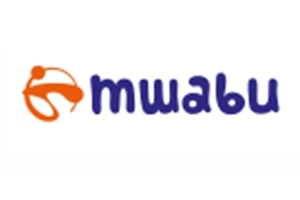Blending and Segmenting
What is Blending and Segmenting, and How Will it Help Children to Read?
Blending:
This means combining sounds to make a word. Divide the word into the individual sounds. For example /s/ /i/ /t/, as you have taught individual sounds in your daily phonics sessions. Then you say the individual sounds one after another, getting faster and faster. If the letters are blended quickly, the child will hear the whole word. It may help to put most emphasis on the first sound.
Teaching blending to the class:
Write ‘cat’ on the board. Or better still, write on separate pieces of card the three sounds that make up the word. Ask the children to say the sounds. Point to the sounds in the word and children say them. (In the example lesson given by Dora, she suggests that each card is held up by a child at the front of the class, and each time the children read the sounds the children with the cards move closer together to indicate that the sounds should be said in more rapid succession.) As they repeat the sounds faster and faster they should be able to hear the word cat.
Once they have read cat, write a rhyming word on the board such as pat, mat or sat. Go through the same process of blending these words. Point out to the children that the words have the same –at ending. If the children know their letter sounds and can read cat, they should also be able to figure out mat, sat, fat, bat and hat.
Segmenting: Once children can read pin, they need also to use their knowledge of sounds to break it down to /p/ /i/ /n/ in order to write the word.
Teaching segmenting to the class:
The example lesson by Dora also illustrates how to teach segmenting. Start by saying the word, for example /ten/, to the class. Ask the children to say the word. What sound can they hear at the beginning of the word? Emphasise the first sound. Can anyone remember how to write this sound? Write it on the board. Then refer to the middle sound (this is the hardest to hear). Can the children hear the sound in the middle of the word? Emphasise the middle sound as you say the word. Can anyone write it? Can the children hear the final sound of the word? This time emphasise the last sound as you say the word. Can anyone write it? Once the / t/ /e/ /n/ are written on the board, blend the word with the class to check it’s correct.
If the children know their letter sounds and can segment ten, they should be able to work out pen, hen, den and men, as these are rhyming words with only the initial sound changed. When segmenting, it can help children to count the number of sounds on their fingers as they break down the word, so that they know how many sounds they will need to write.
Once the first 5 – 6 sounds have been taught you can start train the children to read and write simple CVC words. A CVC word is a word that is made up of a vowel between two consonants such as cat, sat, pin, pan. They are phonologically simple and should be among the first words a child learns to read. The children need to be able to segment and blend words in order to read and write independently.
If some in your class don’t seem to understand the concept of blending and can’t hear the word when blended, they may need practice in listening well and hearing the rhyme. If this is the case, go back to the KG1 section and follow the activities. Once this skill is developed they will be able to hear individual sounds in words, and blend or segment them accordingly.





